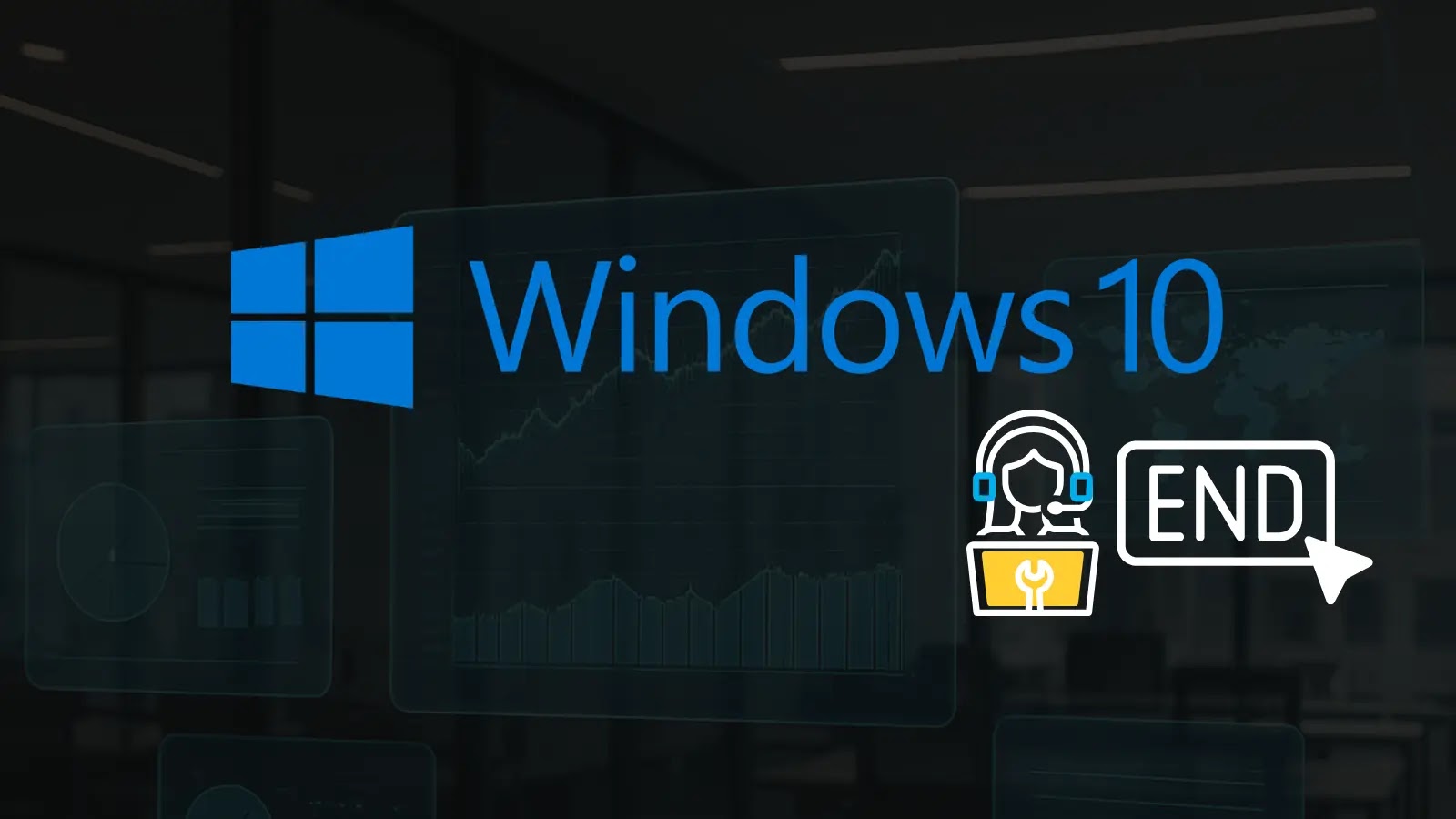As of October 14, 2025, Microsoft has officially ended support for Windows 10, concluding a decade-long era for one of the most widely used operating systems. This cessation means that Microsoft will no longer provide free security updates, feature enhancements, or technical assistance for Windows 10, leaving millions of devices potentially exposed to emerging cyber threats.
Understanding the End of Support
The termination of support does not render Windows 10 devices inoperable; they will continue to function for routine tasks. However, without ongoing security patches, these systems become increasingly susceptible to viruses, malware, and exploits targeting unpatched vulnerabilities. Microsoft has emphasized that post-October 14, 2025, no fixes will address new vulnerabilities, which could lead to performance degradation and compatibility issues with modern applications. Additionally, technical support from Microsoft customer service will cease, compelling users to rely on third-party solutions or self-troubleshooting for any issues.
Implications for Users
With Windows 10 powering approximately 43% of global Windows devices as of July 2025, the transition poses significant challenges for users who have yet to migrate. Consumer advocacy groups warn that this shift could lead to widespread security incidents, especially among the estimated 21 million UK users still on Windows 10. Over time, the lack of updates turns these devices into attractive targets for cybercriminals seeking to exploit outdated software.
Recommended Actions
For eligible devices, upgrading to Windows 11 remains the primary recommendation. Users can verify compatibility through Settings > Update & Security > Windows Update, where notifications may already prompt the process. Those whose hardware does not meet the requirements face options such as purchasing a new PC with Windows 11 pre-installed. Alternatively, the Extended Security Updates (ESU) program provides critical security updates for a fee, extending protection until October 13, 2026, which is ideal for businesses or individuals delaying full replacement.
Environmental Considerations
The end of Windows 10 support highlights Microsoft’s push toward AI-integrated systems like Copilot+ PCs but raises environmental concerns as millions may discard functional hardware. Surveys indicate about 25% of users plan to stick with the OS despite risks, potentially amplifying global cybersecurity threats. In the cybersecurity realm, this transition could spike vulnerabilities in enterprise environments reliant on legacy systems.
Conclusion
As the deadline has passed, experts predict a surge in upgrade queries and ESU enrollments to mitigate immediate dangers. Ultimately, staying supported requires proactive steps to avoid isolation from evolving digital protections.



